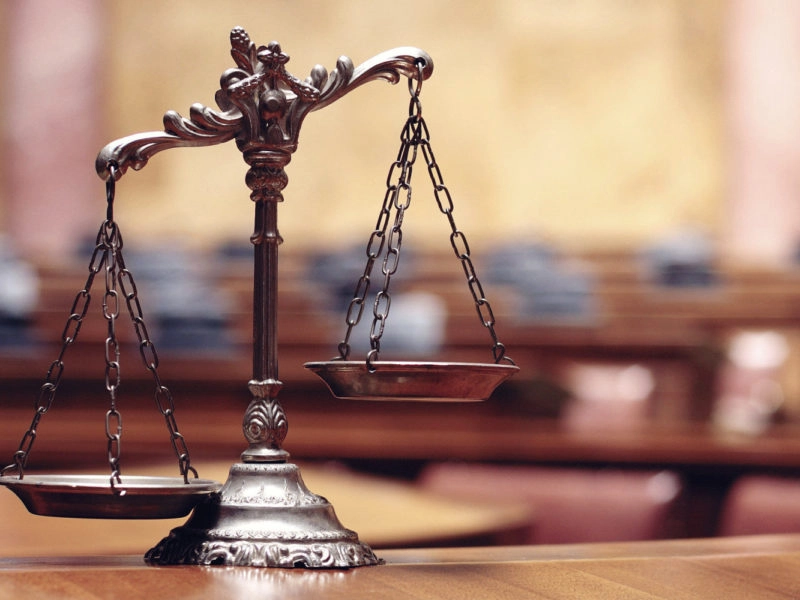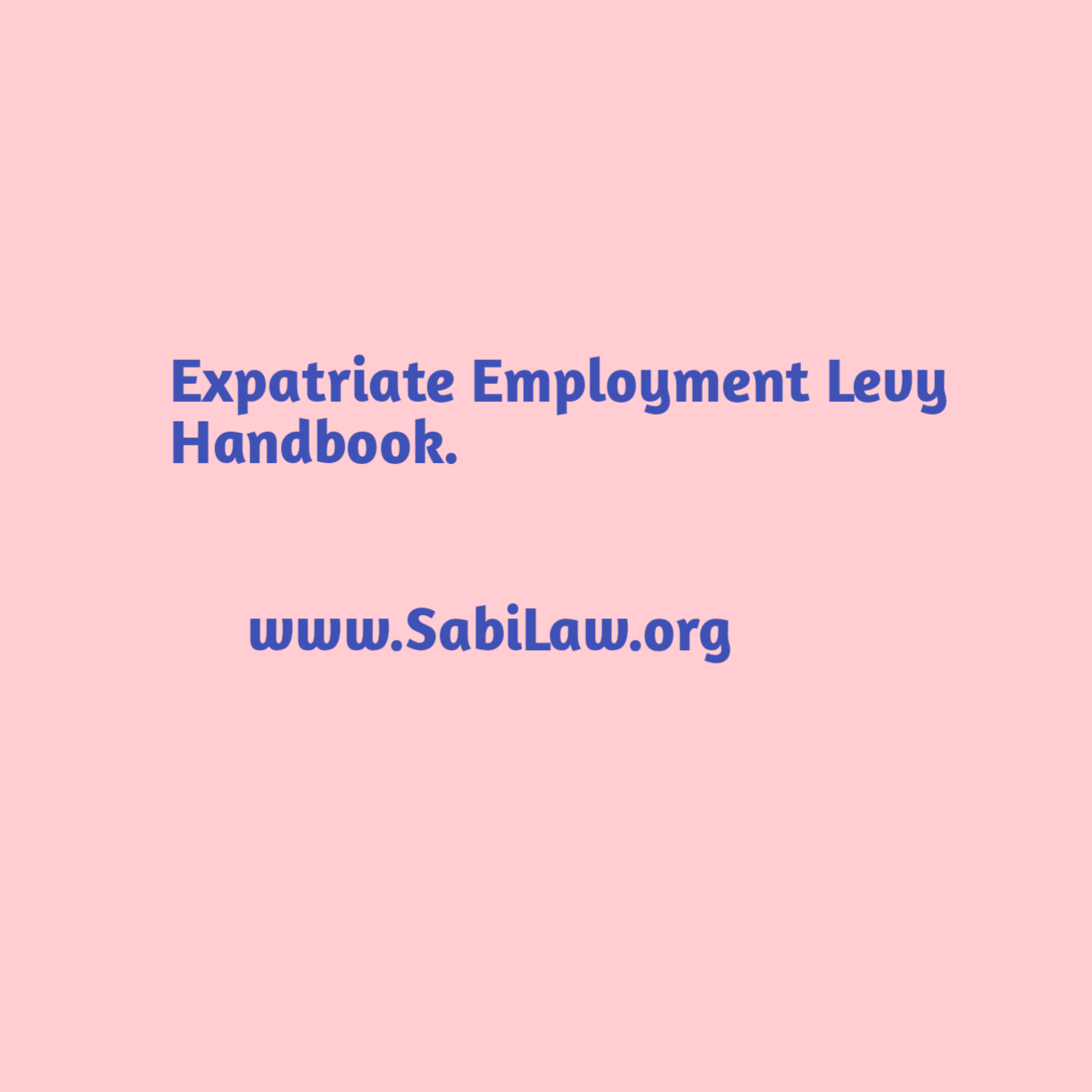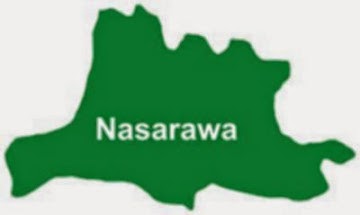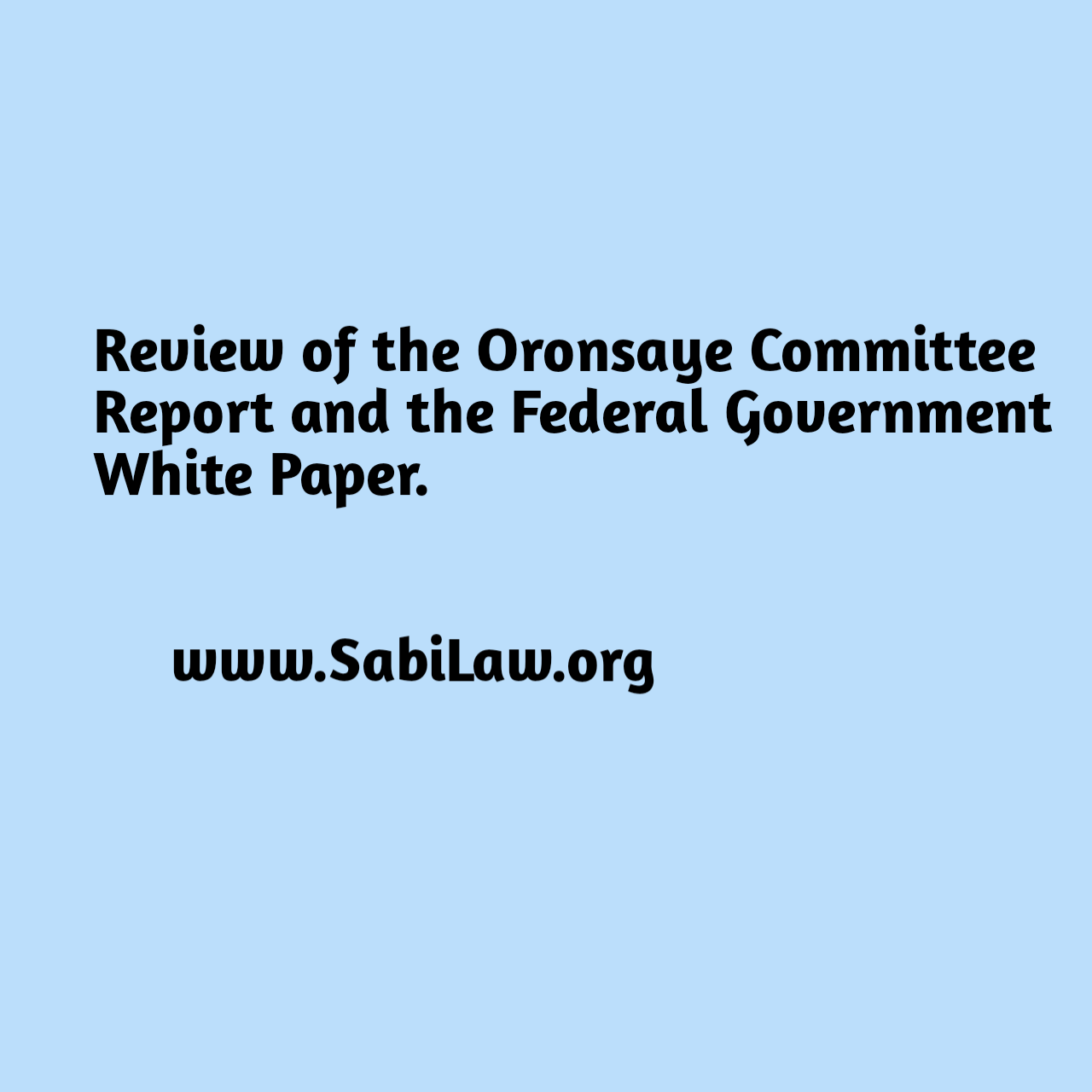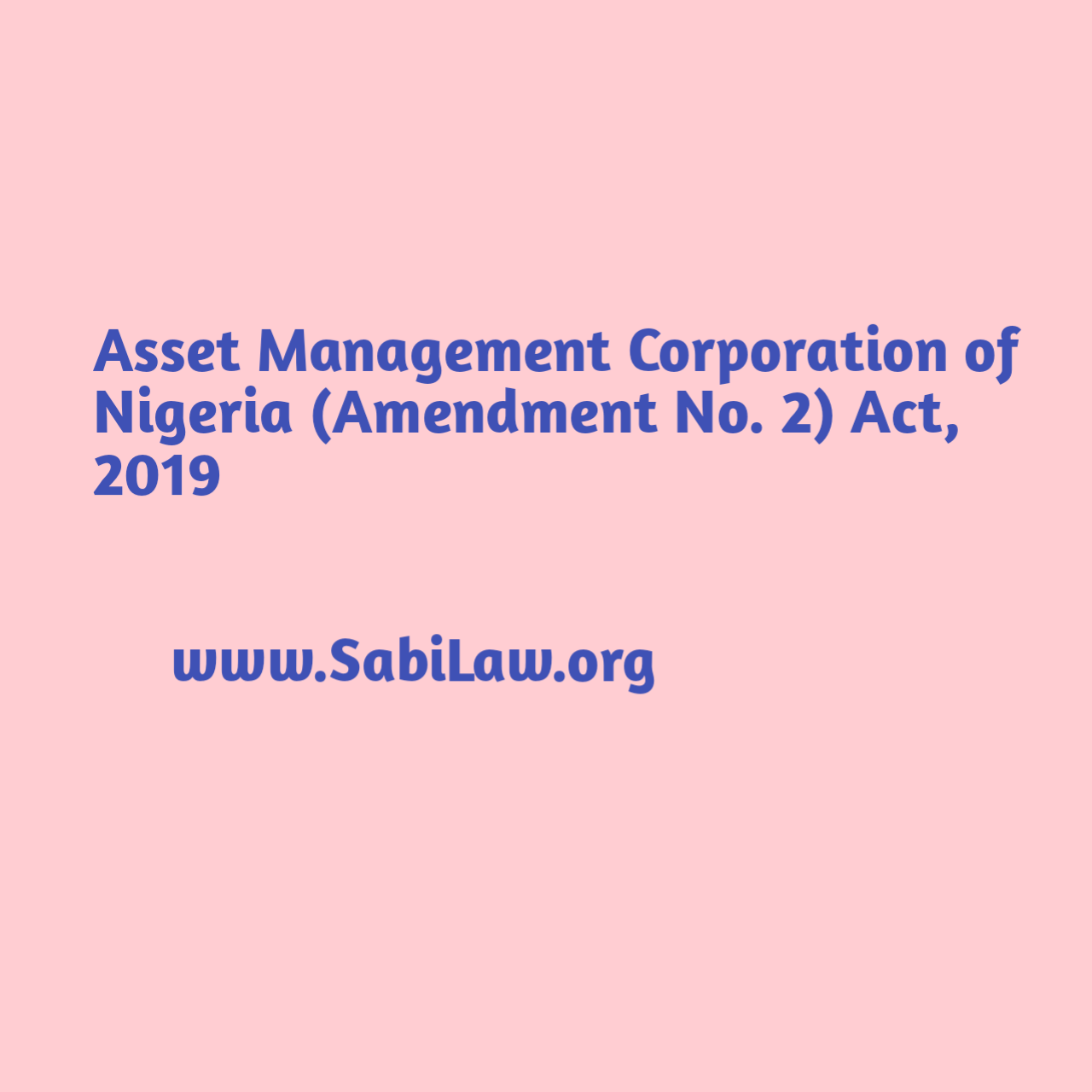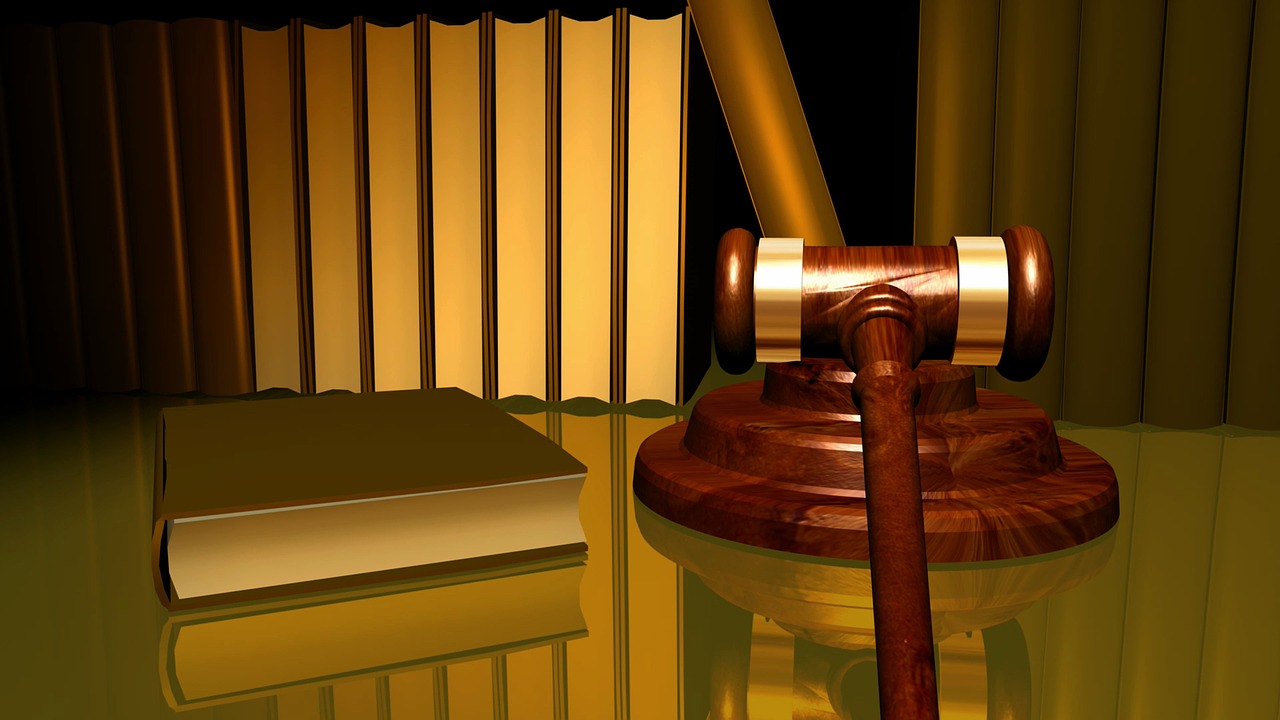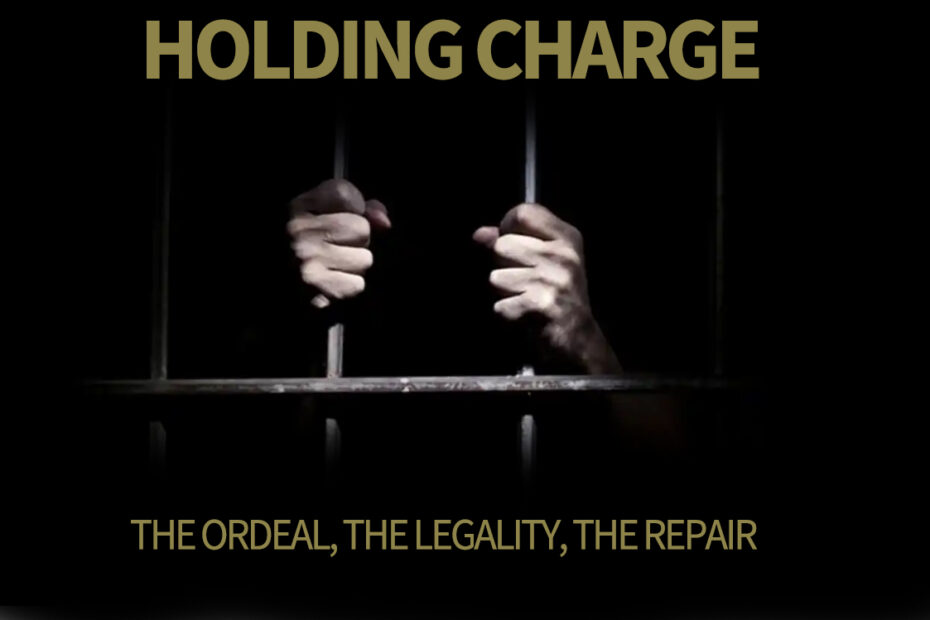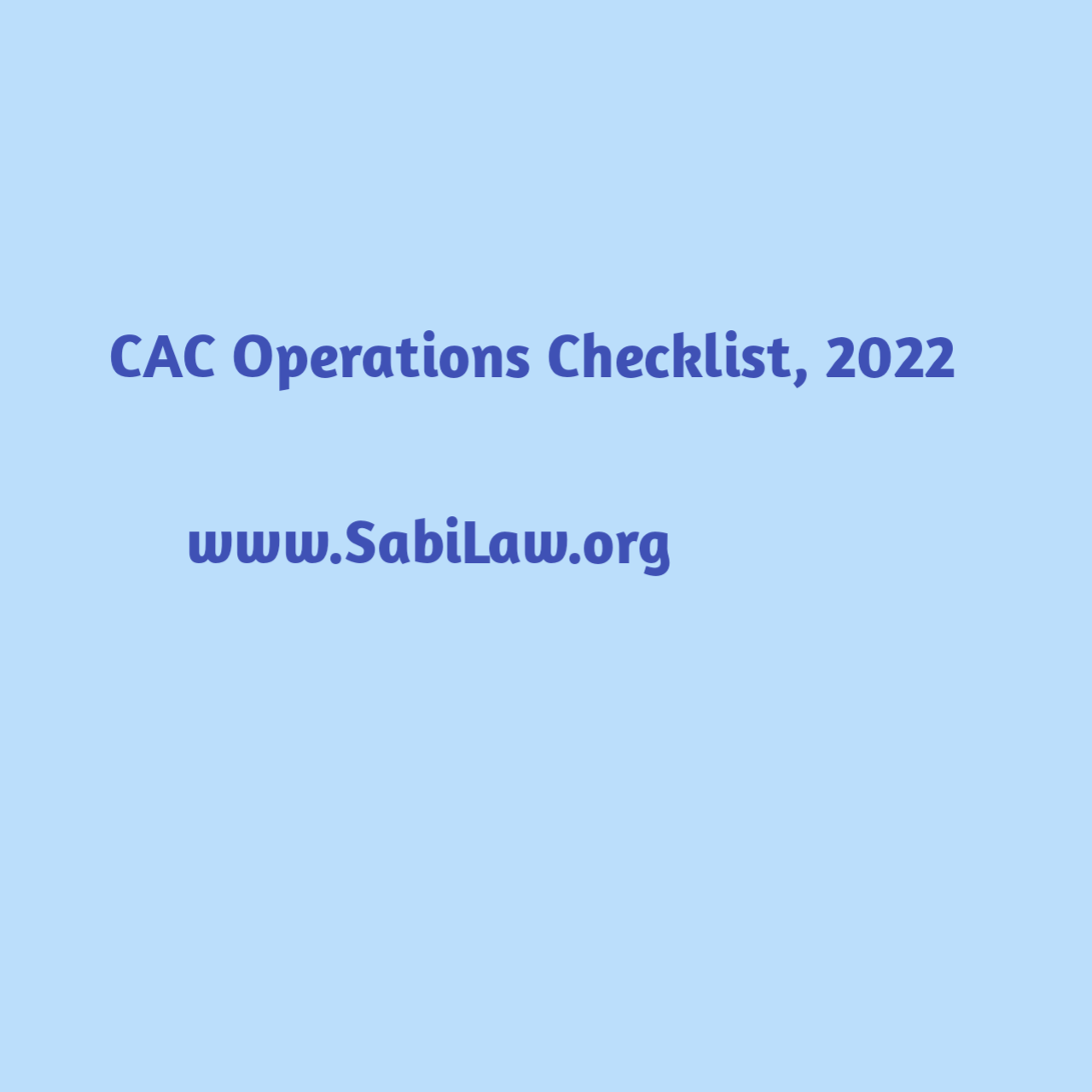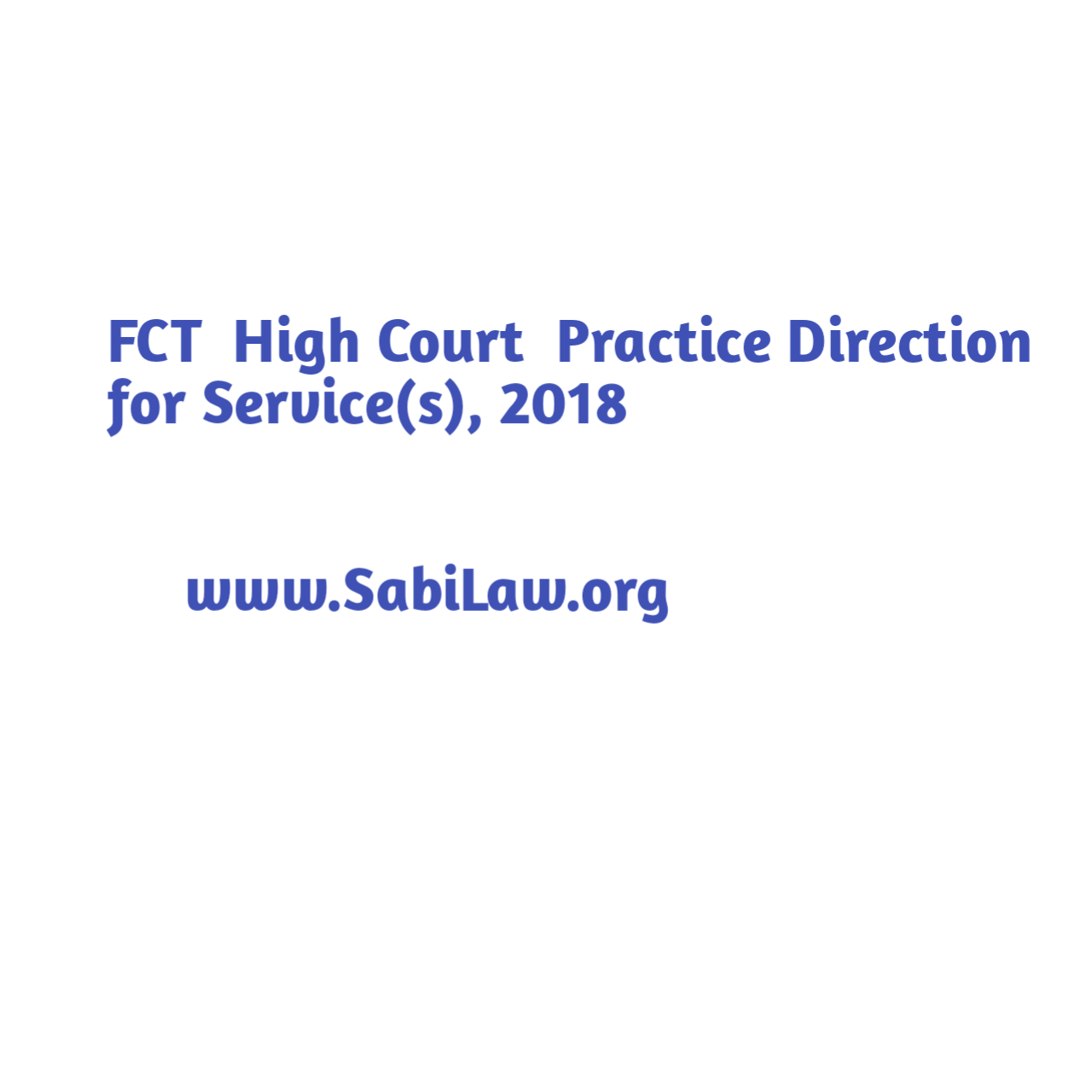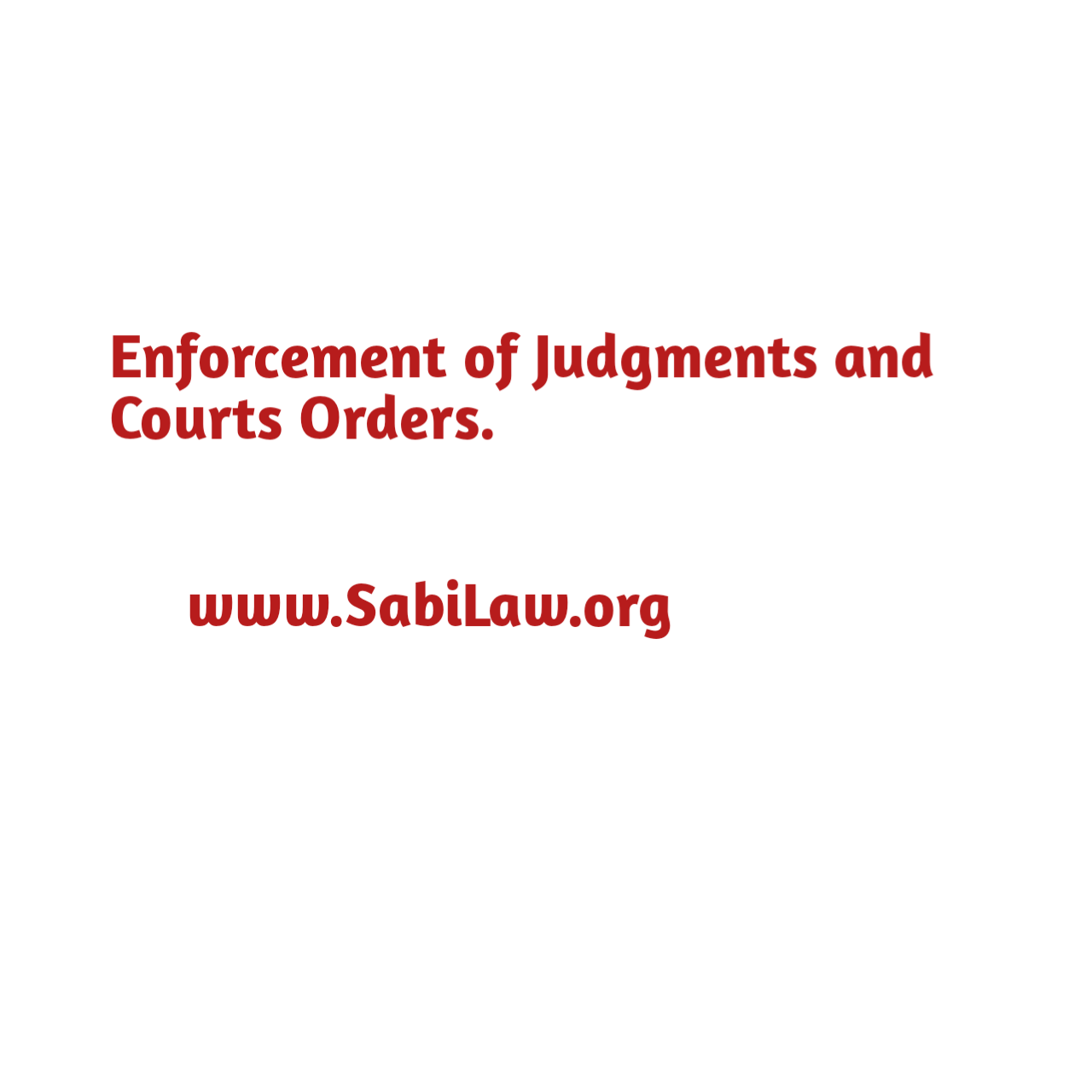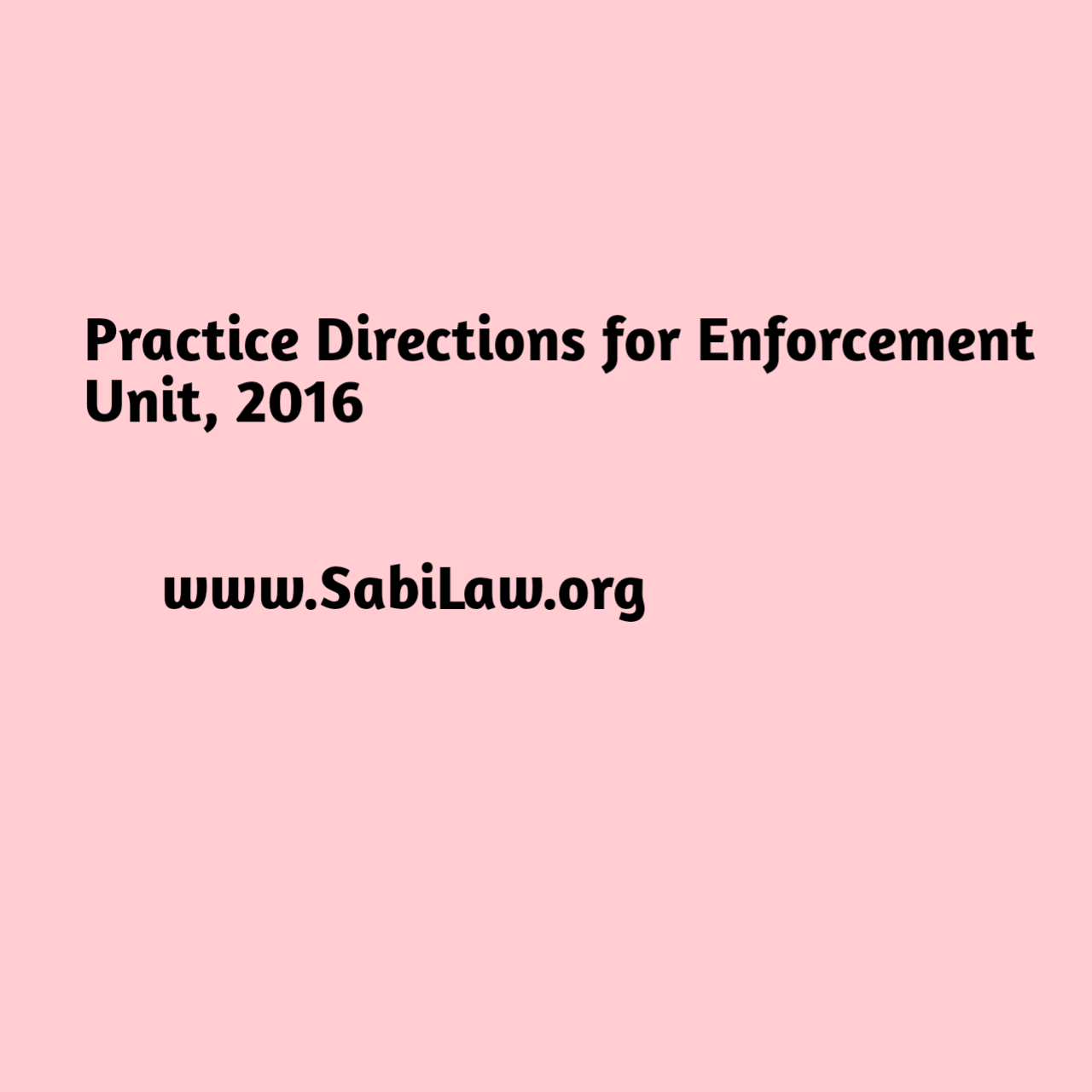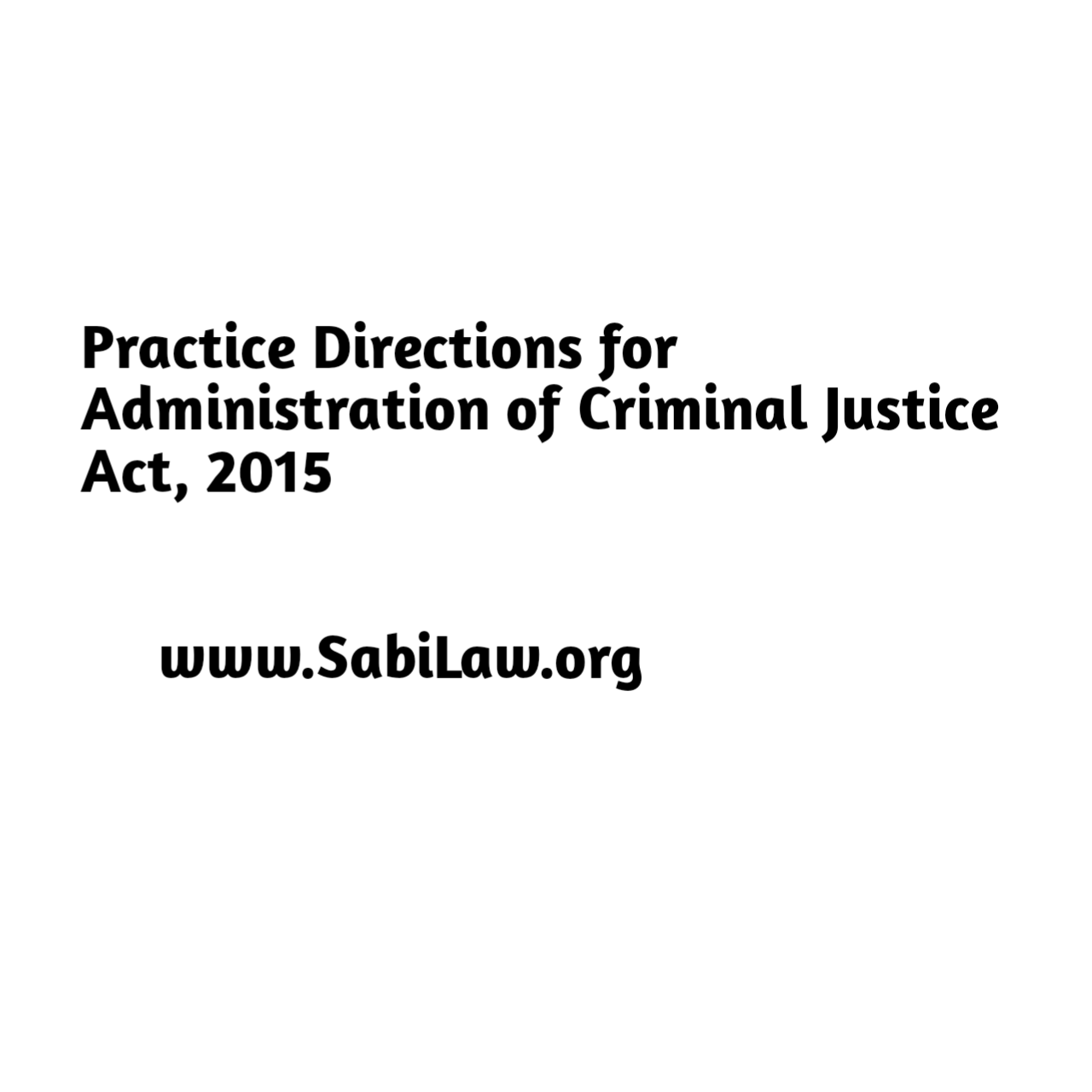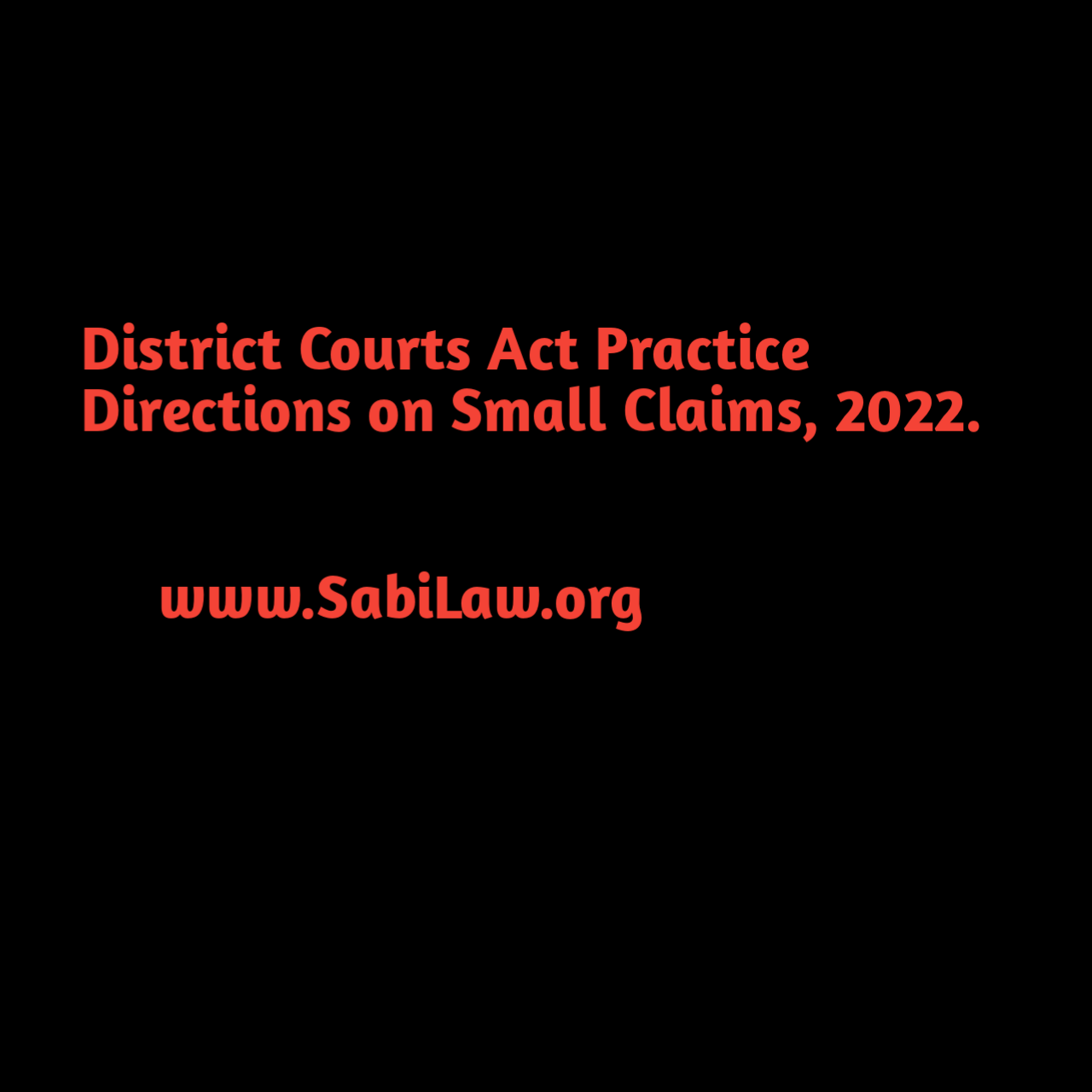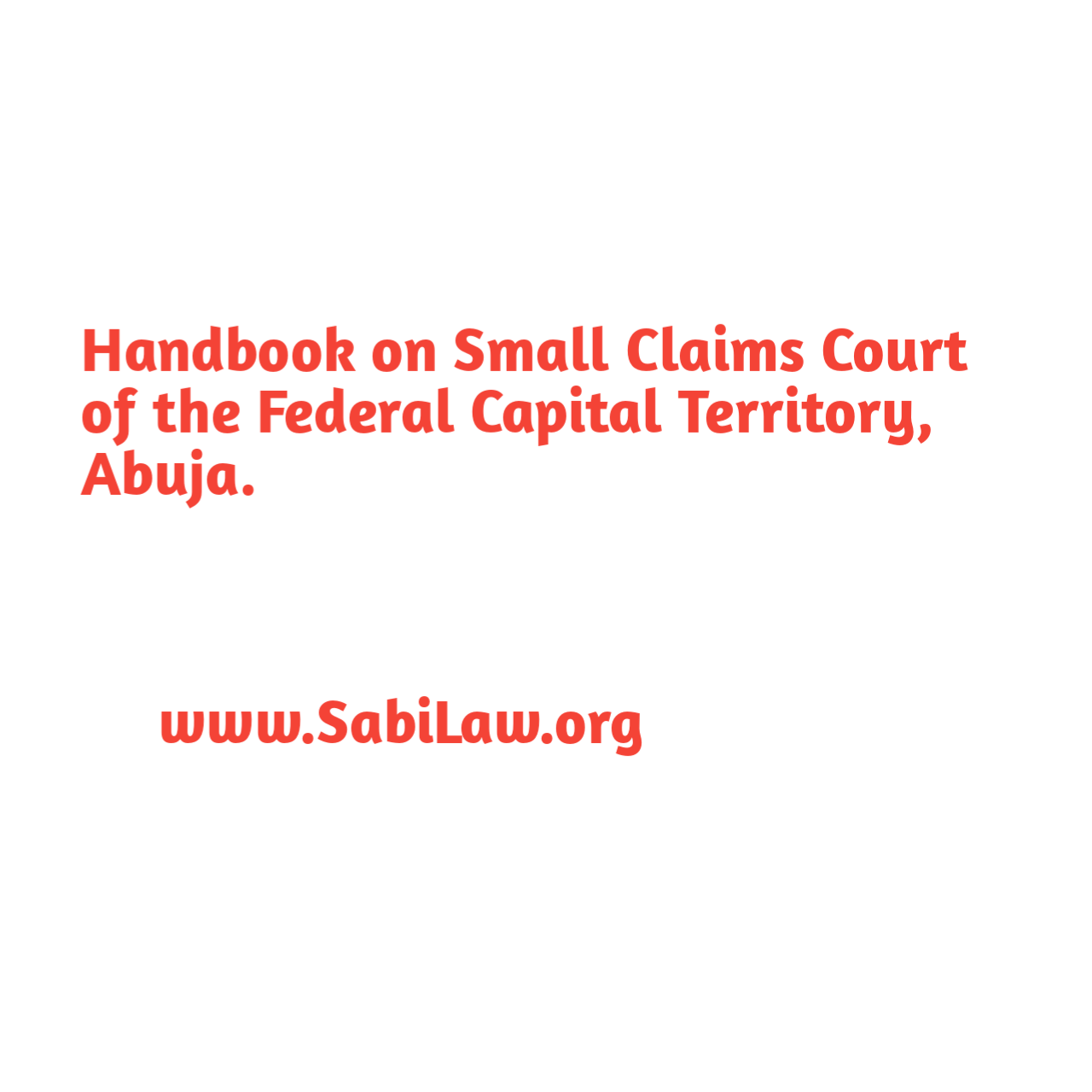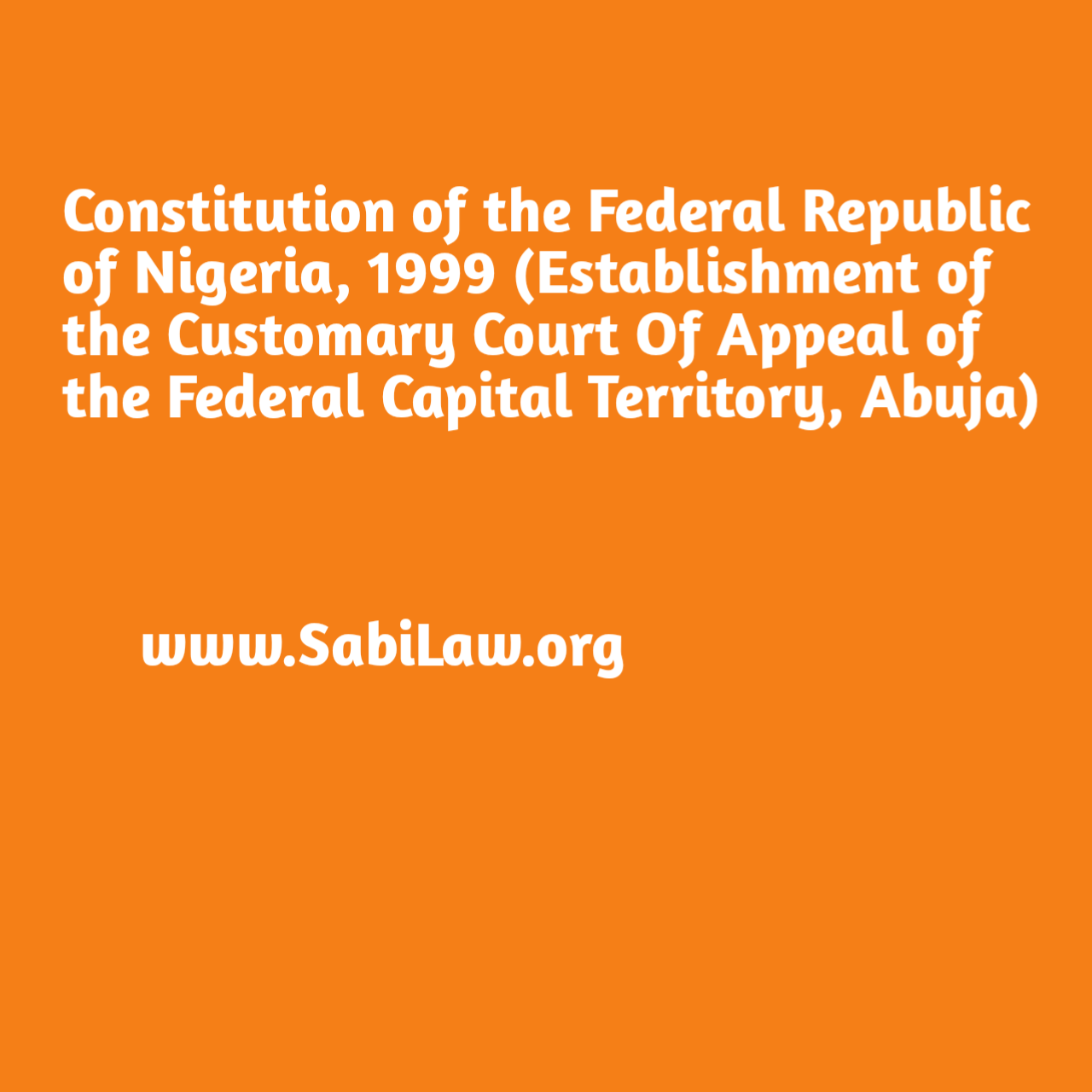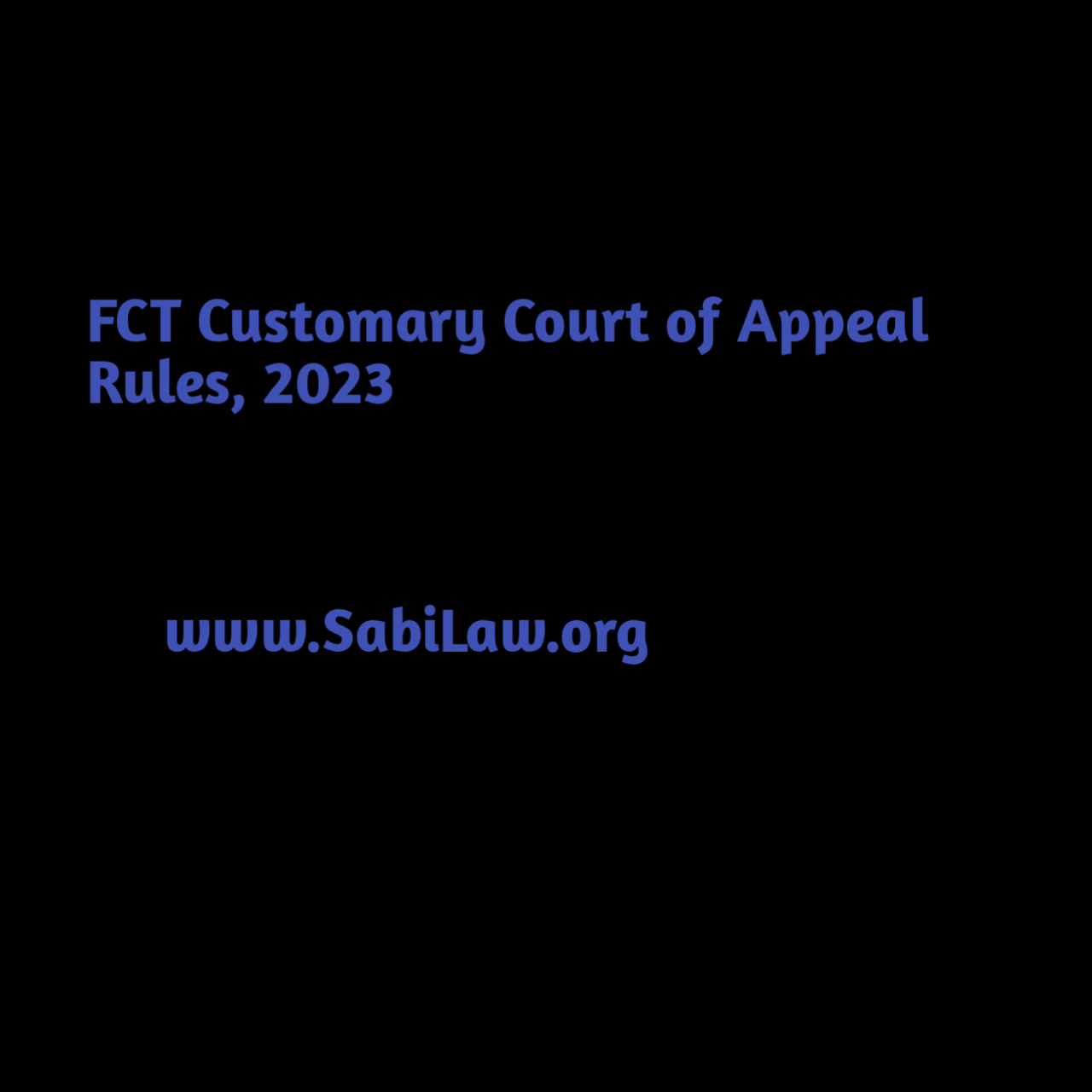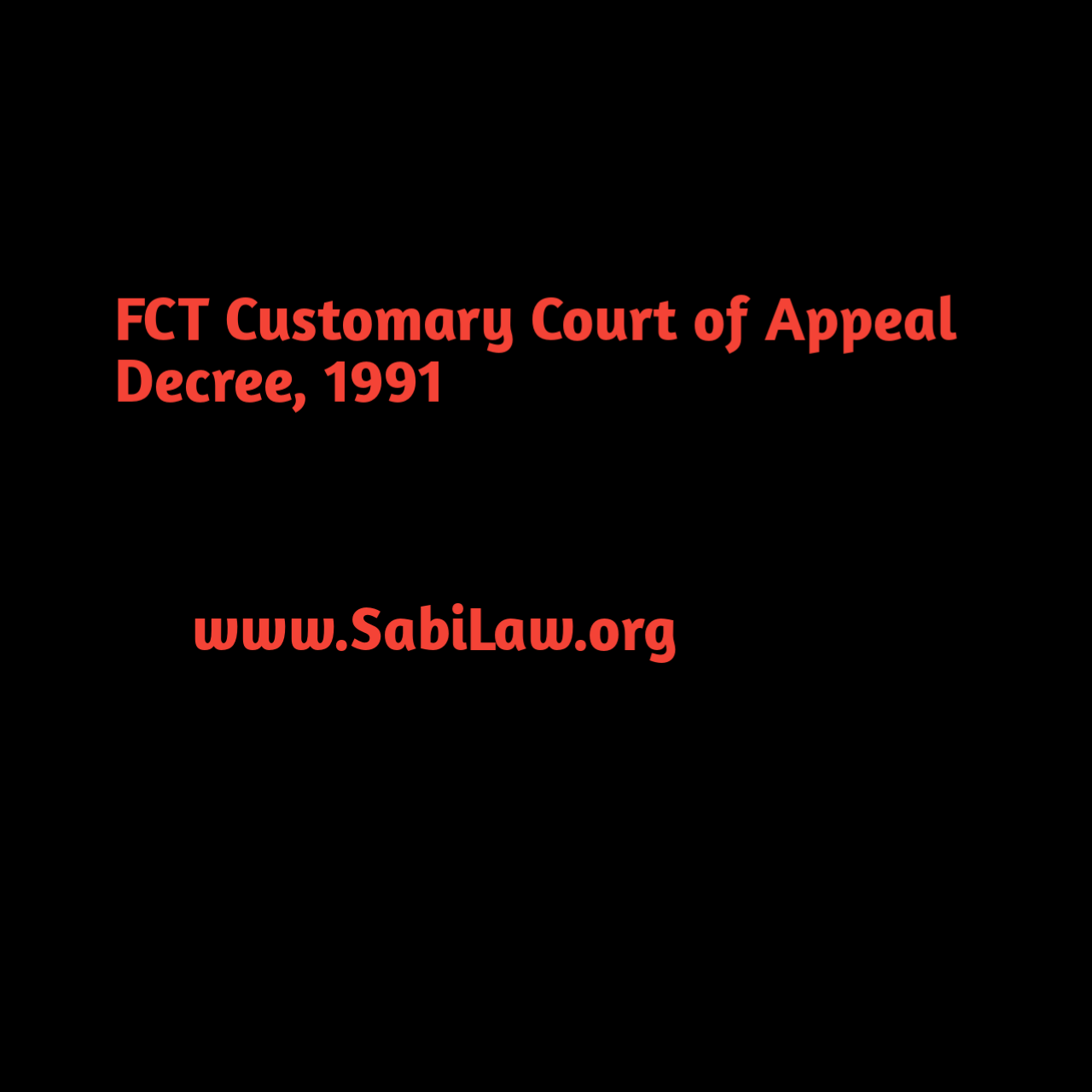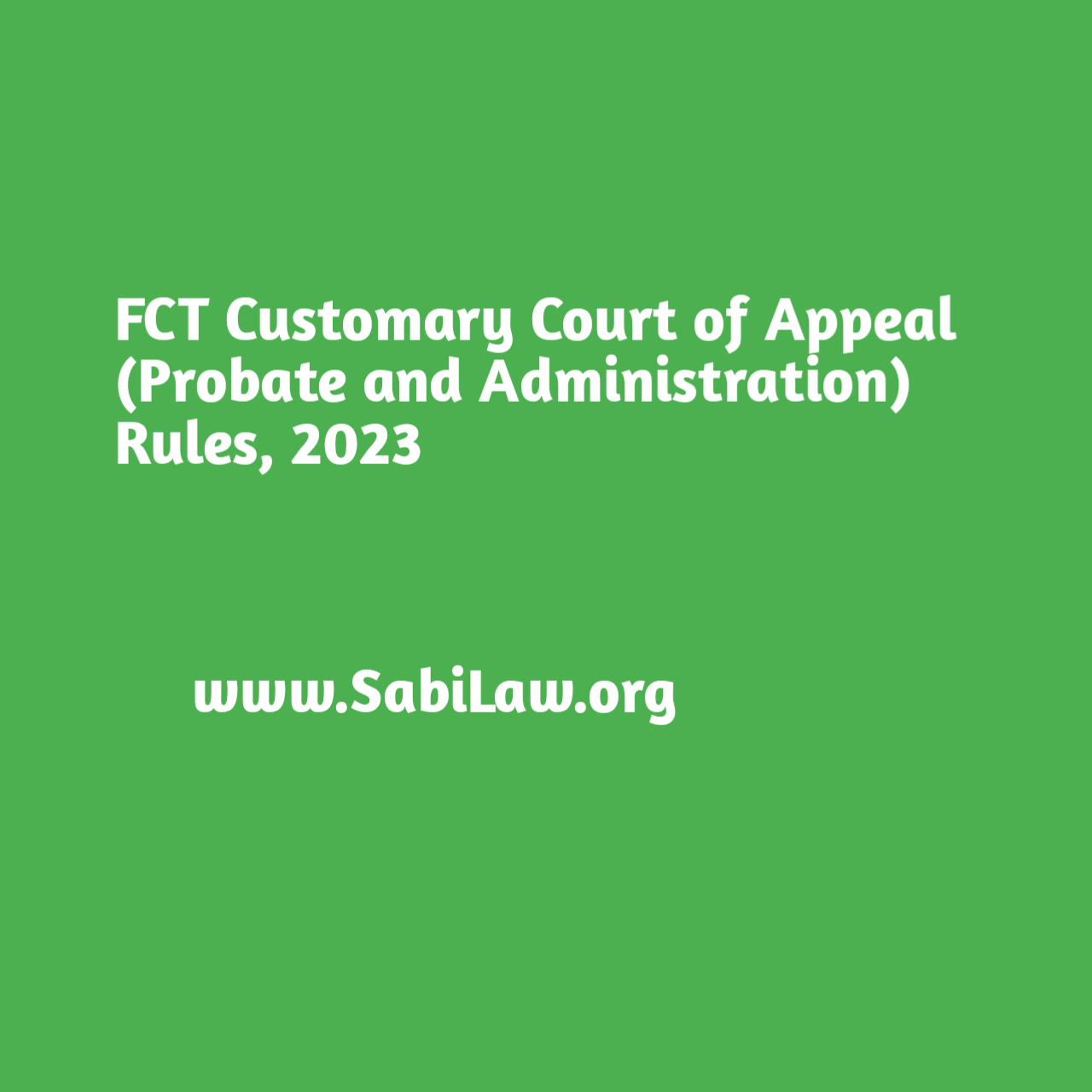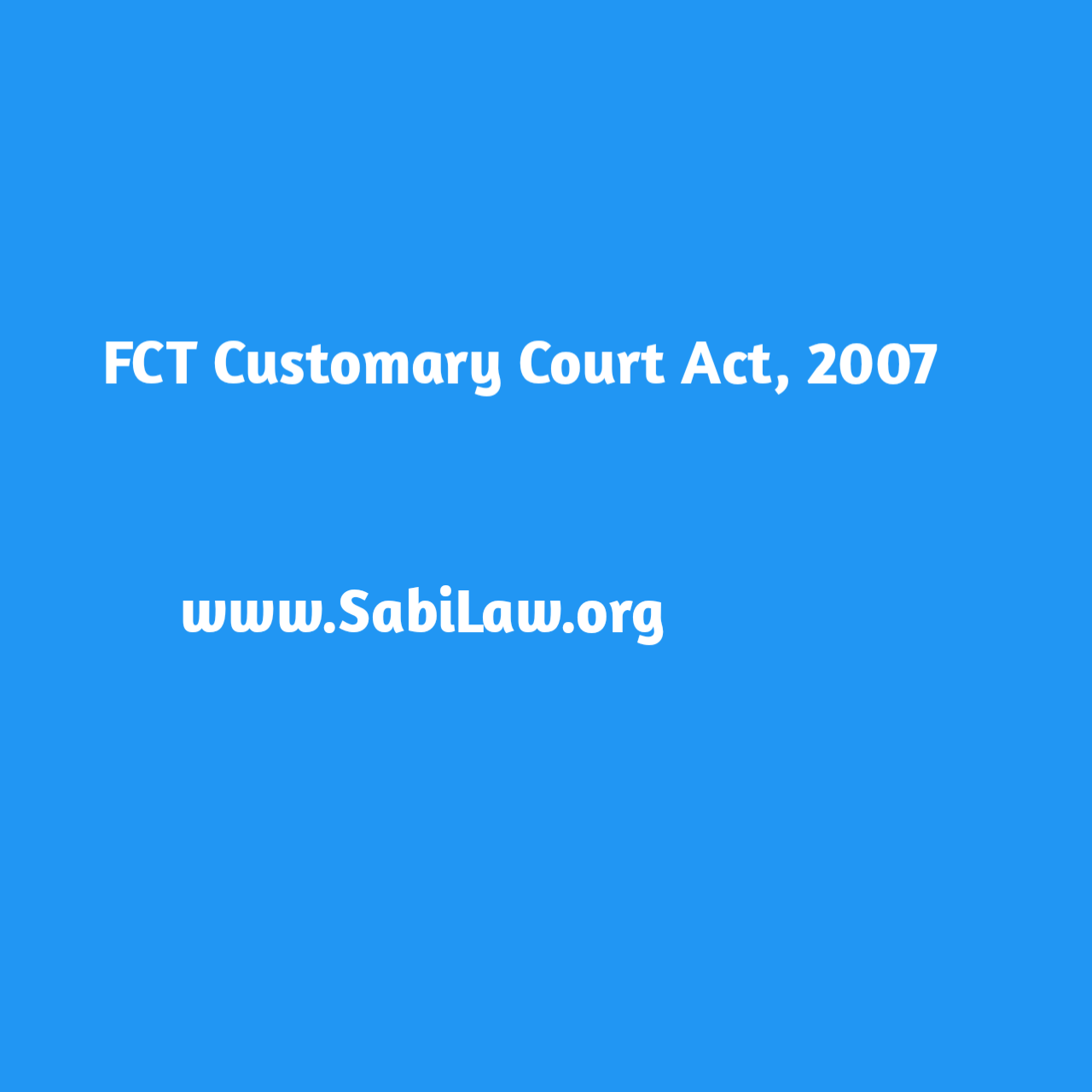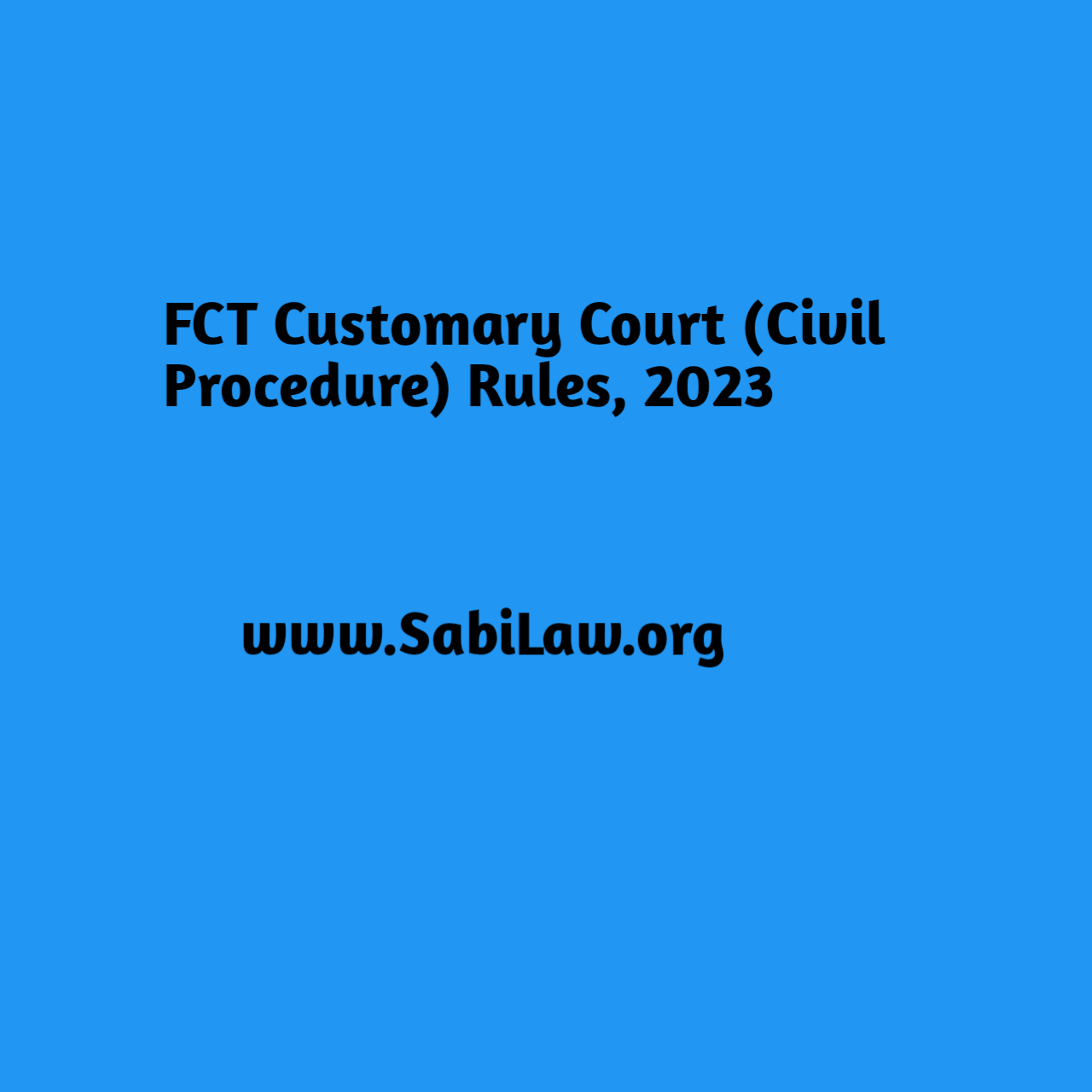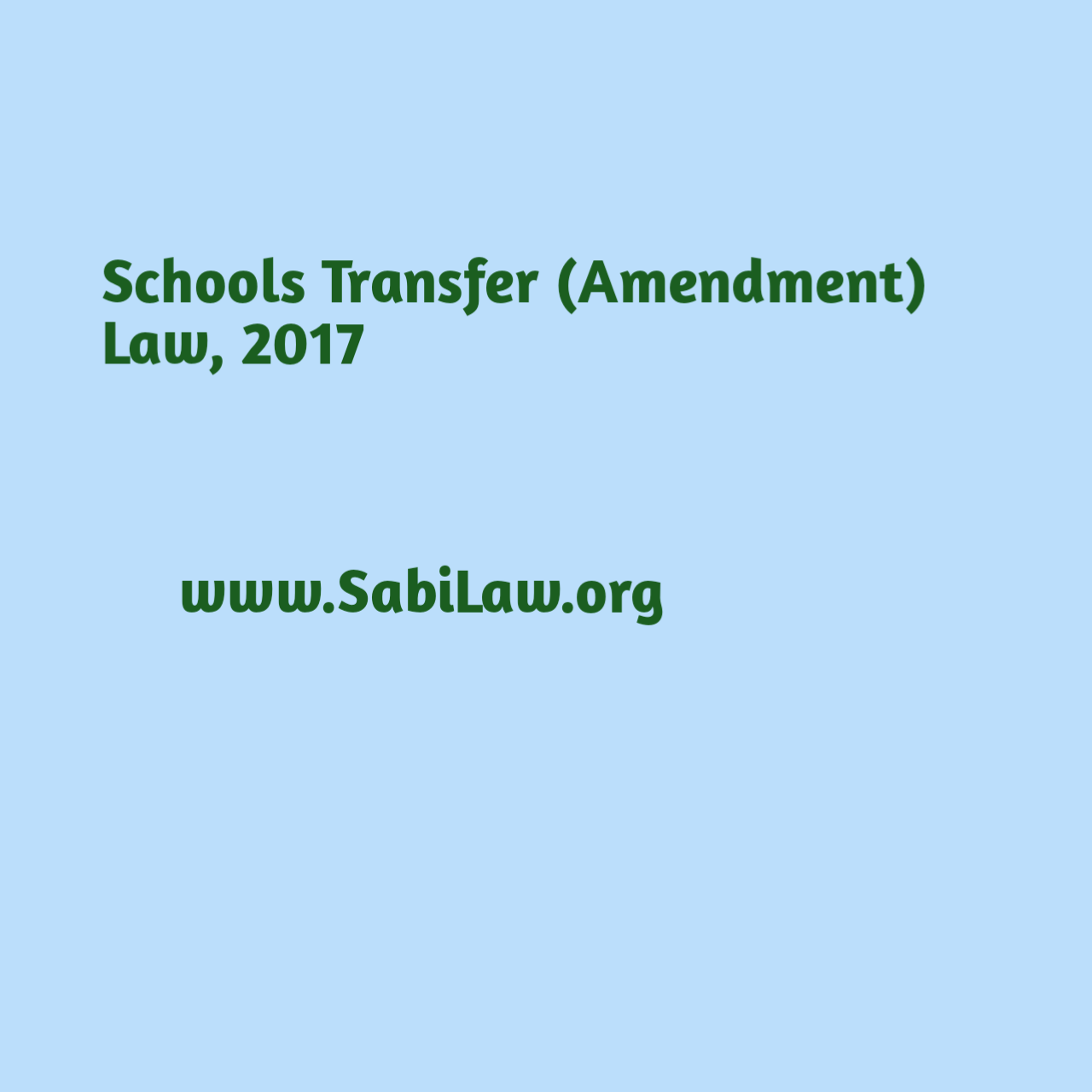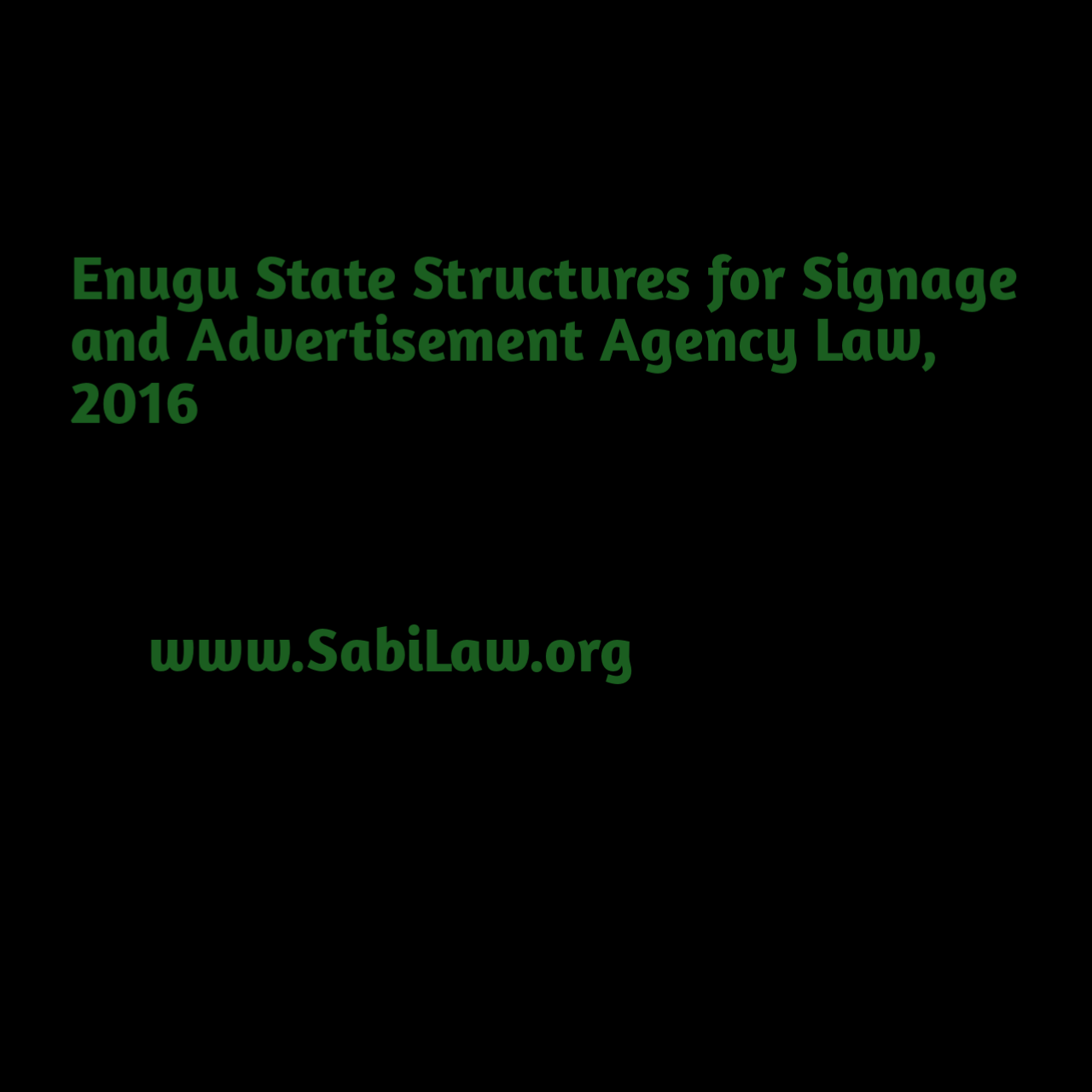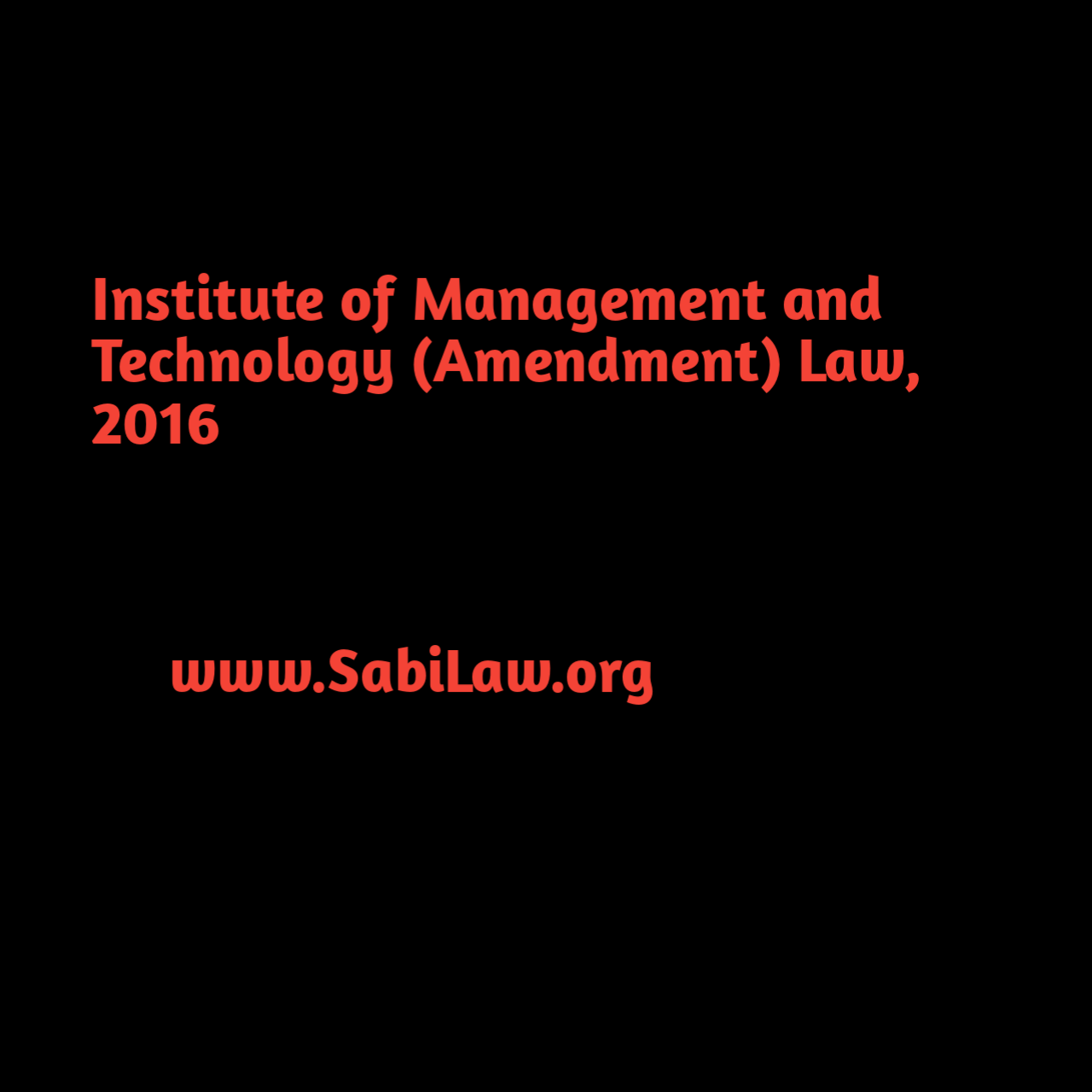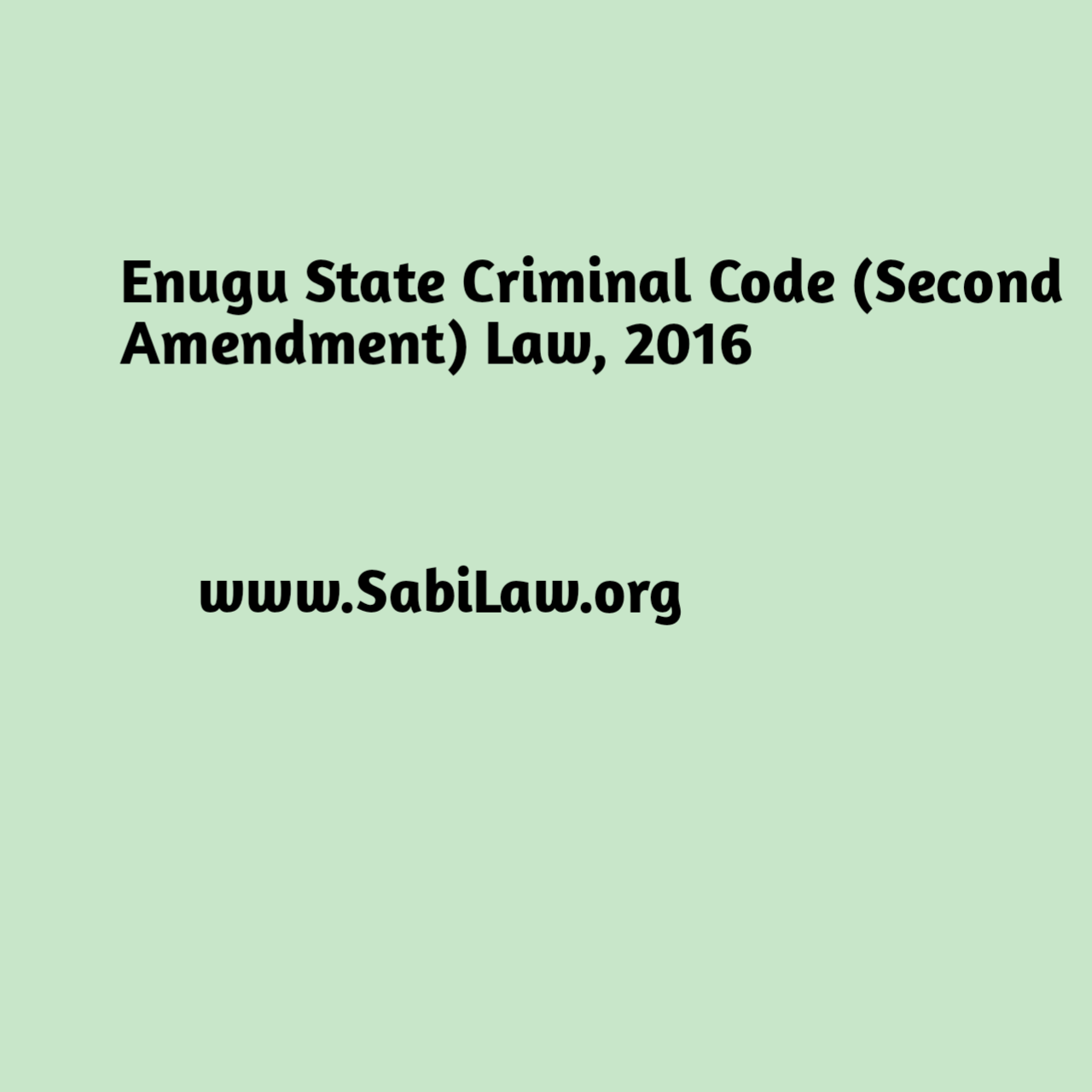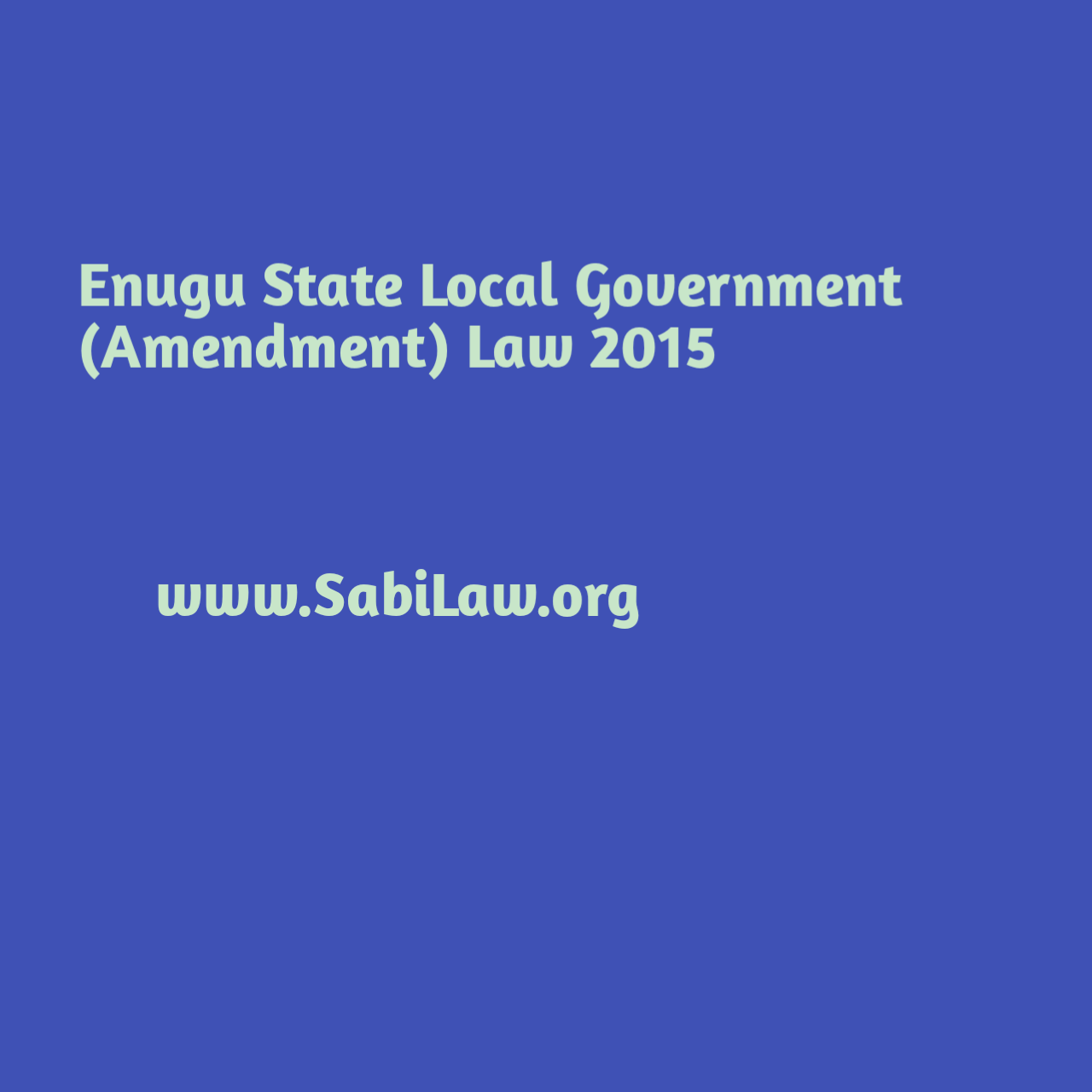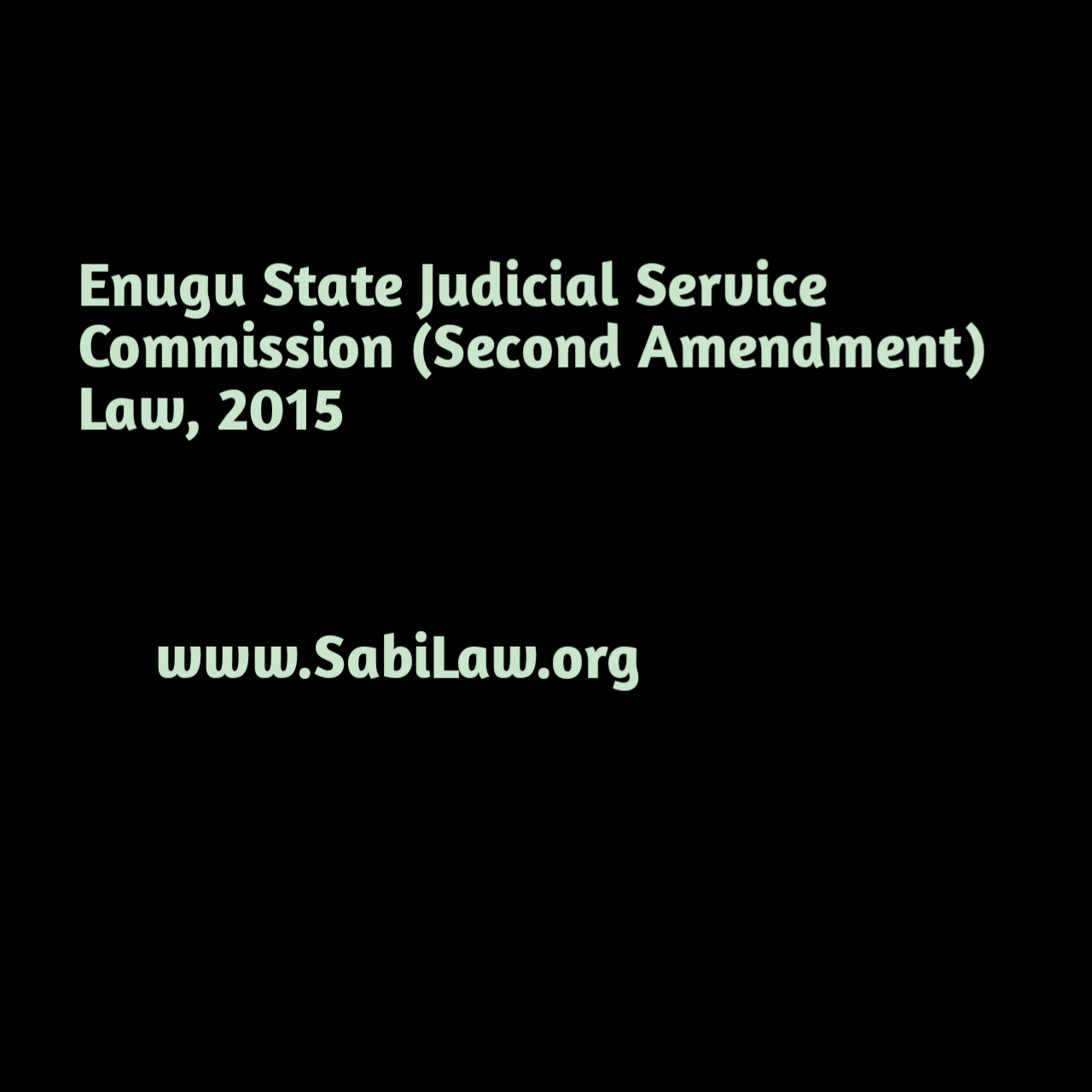Admissibility Of Analogue Photograph
By J.C Onwe, Esq.
The purview of the law concerning images or photographs has, in recent times, been limited to digital photographs. While the advance in science and technology has brought about an ‘evolution’ from analogue camera to digital camera, it does not rule out the existence of the former. However, with much emphasis on the latter, it begs the question of what the intention of the law is with the contents of analogue cameras (analogue photographs).
The provisions of the law concerning the admissibility of photographs have been recently governed majorly for instance, with the provisions of Section 84 of the Evidence Act, 2011. Accordingly, it provides for the admissibility of computer-generated documents which photographs fall under by the definition of a document under the same act. The question here is whether or not this same provision applies to photographs from analogue cameras.
Generally, the admissibility of such photographs is not in question, bearing in mind the relevancy they have in the matter. However, the difference here lies in the part or content that is admissible. The Evidence Act 2011 only considers negative films of the analogue camera, where it talks about documents admissible in court. In that same vein, the court in the case of EDO STATE AGENCY FOR THE CONTROL OF AIDS v. COM. AUSTIN OSAKUE & ORS while defining a public document stated inter alia:
“…photograph, film, negative, microfilm, tape, or other devices in which one or more visual images are embodied to be capable (with or without the aid of some other equipment) of being reproduced.”
Some jurists believe that the purview of the law with regards to the procedures to be exhausted before a photograph is admitted as enshrined in Section 84 of the Evidence Act, 2011 is/are limited to digital photographs. In their defense, the courts have relied on the credibility of negatives or films from analogue cameras in the sense that it cannot be easily manipulated, and thus, permitted its admissibility without any conditions. This has made it easy for lawyers to simply tender negatives alongside the cameras.
This also brings to mind the intention of the law concerning the ‘rigorous’ procedure involved in the admissibility of photographs under Section 84 of the Evidence Act, 2011. Since images can be easily manipulated to convey a different thing from the original, it is no surprise that the draftsmen of this provision took the initiative to include such essential provisions to not only curtail this but ensure that the evidence presented is credible. As clearly noted above, this ‘fear of the unknown’ is lost to the negative or film from an analogue camera which cannot be manipulated easily.
In conclusion, the purview of the law with regards to analogue contents is limited to the negative or the films, and not the photography as clearly expressed by the law. This cannot be said for digital cameras where the requirement is solely the photograph.
Feel free to reach the author, ask questions or make inquiries on this topic or any other legal issues via onyekachi.umah@gmail.com or +2348037665878.
****************************************************************************************
This work is published under the free legal awareness project of Sabi Law Foundation (www.SabiLaw.org) funded by the law firm of Bezaleel Chambers International (www.BezaleelChambers.com). The writer was not paid or charged any publishing fee. You too can support the legal awareness projects and programs of Sabi Law Foundation by donating to us. Donate here and get our unique appreciation certificate or memento.
DISCLAIMER:
This publication is not a piece of legal advice. The opinion expressed in this publication is that of the author(s) and not necessarily the opinion of our organisation, staff and partners.
PROJECTS:
🛒 Take short courses, get samples/precedents and learn your rights at www.SabiLaw.org
🎯 Publish your legal articles for FREE by sending to: eve@sabilaw.org
🎁 Receive our free Daily Law Tips & other publications via our website and social media accounts or join our free whatsapp group: Daily Law Tips Group 6
KEEP IN TOUCH:
Get updates on all the free legal awareness projects of Sabi Law (#SabiLaw) and its partners, via:
YouTube: SabiLaw
Twitter: @Sabi_Law
Facebook page: SabiLaw
Instagram: @SabiLaw.org_
WhatsApp Group: Free Daily Law Tips Group 6
Telegram Group: Free Daily Law Tips Group
Facebook group: SabiLaw
Email: lisa@sabilaw.org
Website: www.SabiLaw.org
ABOUT US & OUR PARTNERS:
This publication is the initiative of the Sabi Law Foundation (www.SabiLaw.org) funded by the law firm of Bezaleel Chambers International (www.BezaleelChambers.com). Sabi Law Foundation is a Not-For-Profit and Non-Governmental Legal Awareness Organization based in Nigeria. It is the first of its kind and has been promoting free legal awareness since 2010.
DONATION & SPONSORSHIP:
As a registered not-for-profit and non-governmental organisation, Sabi Law Foundation relies on donations and sponsorships to promote free legal awareness across Nigeria and the world. With a vast followership across the globe, your donations will assist us to increase legal awareness, improve access to justice, reduce common legal disputes and crimes in Nigeria. Make your donations to us here or contact us for sponsorship and partnership, via: lisa@SabiLaw.org or +234 903 913 1200.
**********************************************************************************



